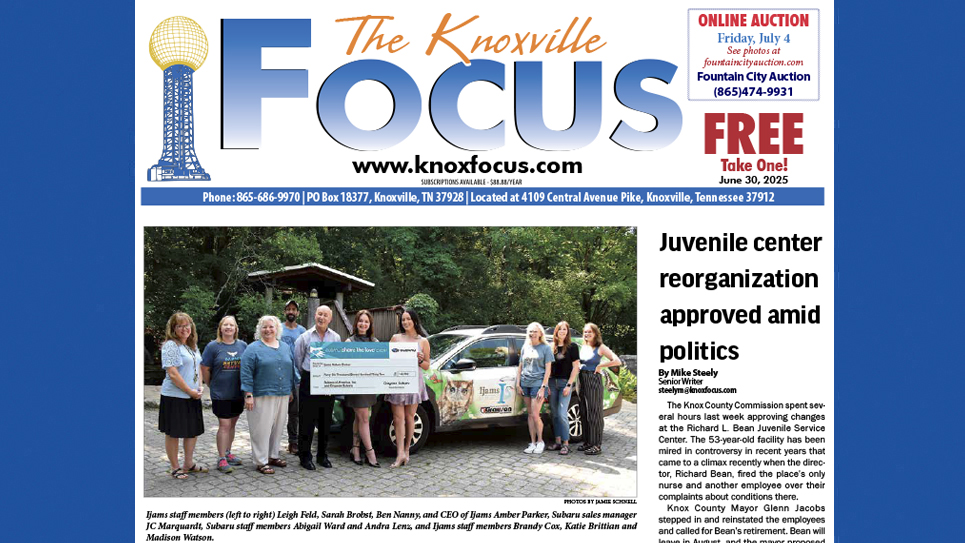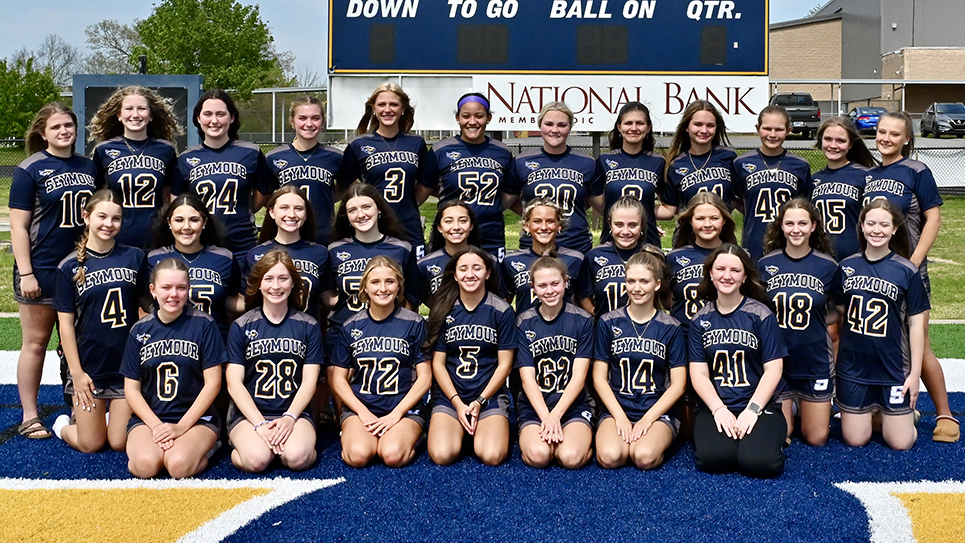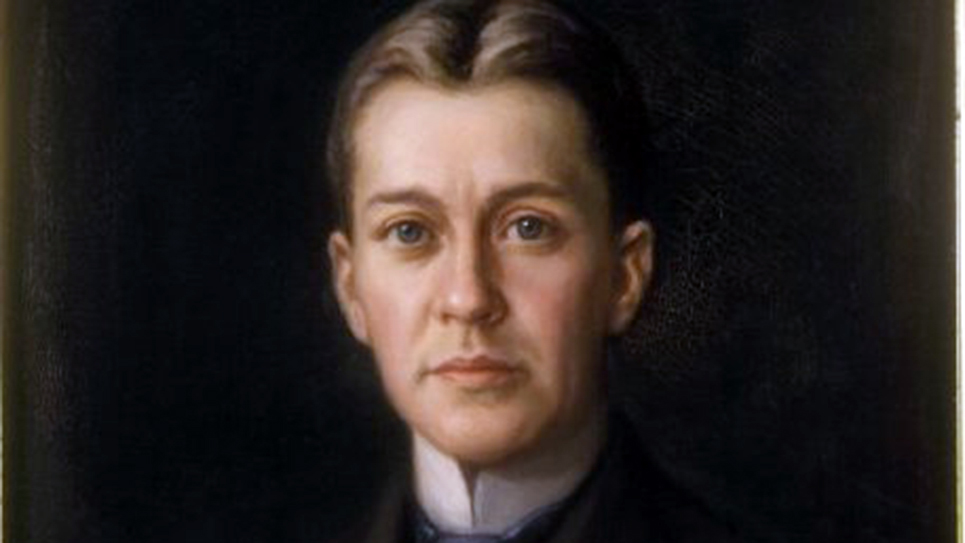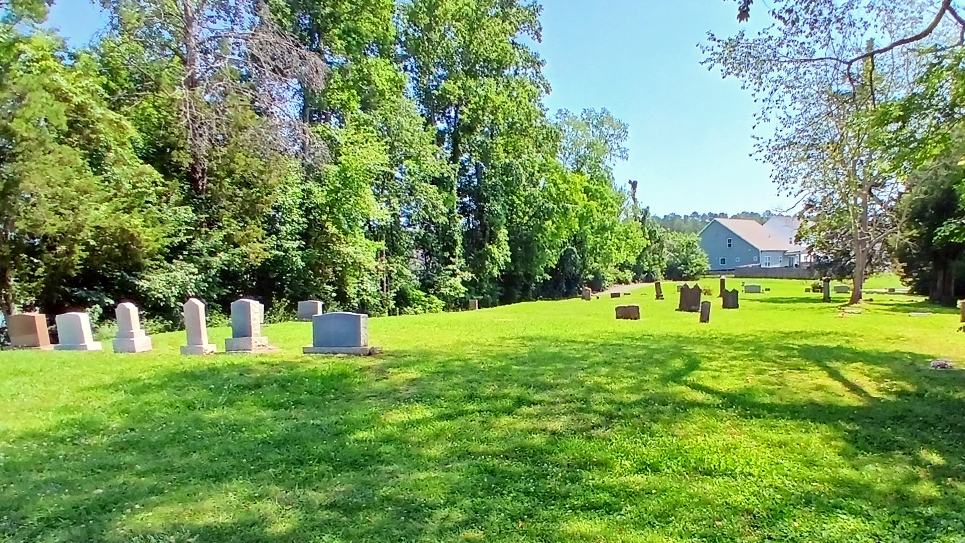I discovered the error of my ways at Sunday lunch. This has happened before. For many years my family and various friends met weekly at Greaty Cuckoo’s home right after the minister’s sermon ended. We adults gathered around the big dining room table that looked out over the Tennessee River, while it seemed a dozen kids were whooping it up not ten feet away at the second table. I once identified six separate conversations/protests/sermons/remonstrations floating amidst the cacophony of family and Methodist fare.
Various denominations have identifying features. Garrison Keillor’s Lutherans of Lake Wobegon are of stoic scandinavian stock. Episcopalians are noted for their uh… tippling. And we Methodists love to eat. Sharing a meal is a time honored custom of the ancient Near East and the American South. Methodism flourished in 18th century America as a result of camp meetings with enough sermonizing and singing to spark the soul and enough food to keep the peace.
The Venable matriarch acquired her moniker from the cuckoo clock in her kitchen. Generations of children, grandchildren and now great grandchildren came to associate Mama Jo’s kitchen with her distinctive clock and the bird who called to them on the hour. This call is compelling because I actually heard the unmistakable cry of a cuckoo years ago while hiking in a Viennese woods – true story! Mama Jo’s kitchen was also ground zero for countless Sunday pot roasts and gravy that can only be properly made in a large iron skillet, the type handed down from generation to generation.
Inevitably, it became time to downsize, and the old homestead was sold to others with the hopes they would refashion our family home into a new one with their own traditions. We no longer gather “down by the river,” but we still meet each Sunday to share food, each other’s company and to further the education of doctors who still sometimes get things wrong.
I’m not perfect and the Sunday Lunch Bunch recently reminded me of my limitations. My mistake occurred because I trusted Google Earth. The satellite image I used in last week’s essay incorrectly labeled the French Broad and the Holston Rivers which meet to form the Tennessee River. Did you notice the error? Well, the Sunday Lunchers did, as did my editress wife. I’m not sure why she was not similarly lampooned, but Becky is a lot prettier than I am and I guess there is more sport in poking fun at me.
Historians often apply descriptive names to bygone eras. Examples are the Age of Faith or the Age of Reason. It’s pretty obvious that we are living in the “information age.” It may seem silly, but I just can’t bring myself to throw away my old Encyclopedia Britannica, though I haven’t opened the dusty volumes in years. Imagine how valuable this compendium of information would be if some catastrophe like an EMP weapon crashed the Net. Never heard of an EMP, electromagnetic pulse, weapon? Then Google it!
Mulder on the X-Files once said that “The truth is out there.” The internet has even replaced medical text books. I no longer buy them because I now subscribe to an online reference. This “textbook” affords me the latest information, and is never obsolete because it is constantly updated.
Even though I use technology in my medical practice and to assuage my curiosity, I remain a bibliophile at heart. There’s just something substantial in the printed word as opposed to some temporary alignment of electrons on a computer.
Did you considered the difference between facts, knowledge and truth? The internet is a treasure trove of facts, some of which may be wrong (such as mislabeled rivers). Knowledge is the organization of facts into a compendium of useable information. Truth is the ultimate goal of understanding, and occurs when wisdom guides the proper use of knowledge.
People often ask me about the new diagnostic modalities such as MRI and PET scans versus CT or standard X-Ray tests. Perhaps people feel uncertain about information gleaned from the Net. I believe Wikipedia is a great resource for non controversial topics. I would not trust Wikipedia’s treatment of Hillary Clinton or Ted Cruz. However, information about Genghis Khan, PET scans or MRIs are probably reliable because there would be little value in misrepresenting these facts.
Standard X-Ray, such as a chest X-Ray, makes use of the differential absorption of X-Radiation. Bone is denser than water, and water is denser than air. Therefore, bone absorbs the most X-Rays leaving fewer photons of energy to react with and “develop” a radiographic plate. Consequently, bones appear white, while tissues of water density, like your liver, appear grey, and lungs appear dark because most of the photons of energy pass through to “darken” the radiographic plate. A CT or computerized tomography scan modifies these basic principles by feeding the absorptive data into a computer instead of developing an X-Ray plate. The differential absorption data is then used to reconstruct images of your innards.
MRI (magnetic resonance imaging) technology utilizes powerful magnets instead of X-Rays. Humans are mostly water. And because water is a polar molecule, consisting of two hydrogen and one oxygen atoms (H2O), there is a relative positive and negative aspect to each water molecule. Placing people in a powerful magnet causes water molecules to orient along the machine’s generated magnetic field. Then, a focused beam of electromagnetic energy is used to “push against” the polarized water molecules. As the beam is switched off the water molecules release the stored energy which can be measured with an advanced computerized program.
PET is the acronym for positron emission tomography. You may recall that negatively charged electrons whiz around the nucleus of an atom. Science is able to make a positively charged electron called a positron. This unstable creation is combined with a sugary water solution and infused into a patient. As the unstable positron particles degenerate, they release photons of energy which can be measured by a scanner configured like a Geiger counter. Since normal tissues and tumors utilize glucose as a fuel, the Geiger counter is able to register and quantitate the resulting radiographic signal and differentiate between normal and excessive signaling.
When our kids were young they often came to me for science explanations and to Becky for questions of grammar and grace. However, a high school teacher once accused my daughter of plagiarism because our interpretation of a poem wasn’t deemed original. My girls often wanted quick answers to complex questions and soon learned that yes or no answers were sometimes impossible. Perhaps my readers feel similarly…
This essay was inspired by a better one my daughter, Emily, wrote as a high school senior and appeared in the Knoxville Sentinel in 1996.






